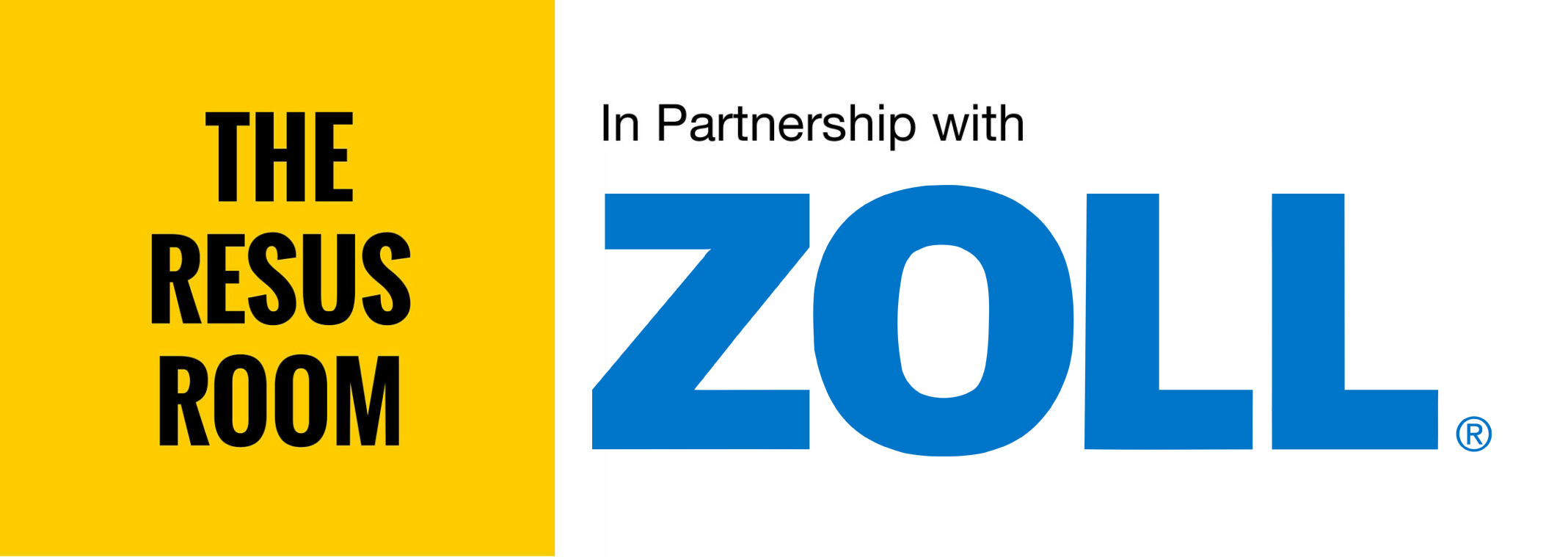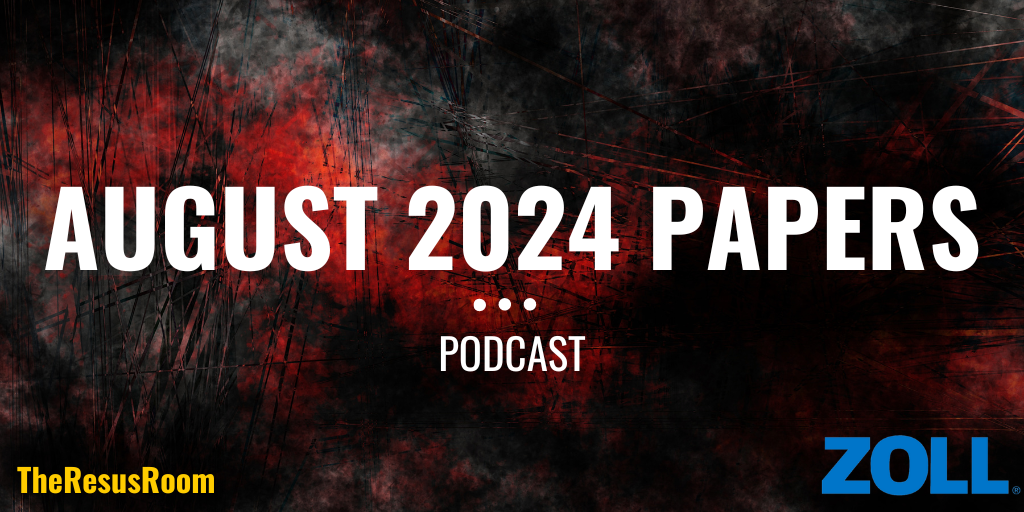The UK REBOA trial left many with doubts over its utility for trauma patients in ED. The time from injury to its use was around 90 minutes and the trial was stopped when it didn’t reduce and maybe even increased mortality compared to standard care alone.
But what effect does REBOA have when used prehospitally and how feasible is it? Our first paper, from London HEMS, looks at this and gives a fascinating insight into it’s use and the physiological response seen with it.
We’ve recently looked at dual sequential defibrillation for refractory VF with the DOSE-VF trial. Our second paper this month looks at how a double defibrillator strategy, in the context of cardioversion for AF, may affect restoration of sinus rhythm in obese patients.
Finally we take a look at the use of video livestreaming from scene to EMS, in a feasibility RCT. How can it affect accurate dispatch of the most appropriate resources and what impact does it have on those that use it?
Once again we’d love to hear any thoughts or feedback either on the website or via X @TheResusRoom!
Simon & Rob
Now that you have listened to the podcast, start the quiz to add it to your CPD Diary
References


